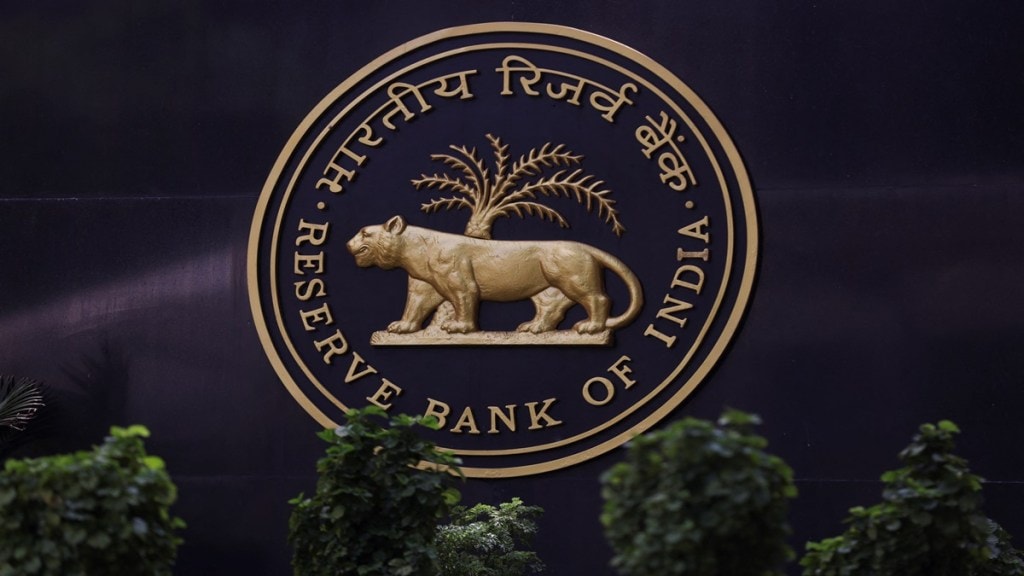By Samiran Chakraborty, Chief Economist, India, Citibank
In the August Monetary Policy Committee (MPC) meeting, the Reserve Bank of India (RBI) decided to press pause on the rate easing cycle after 100 basis points (bps) of rate cuts and indicated a longish hold. After that, there has been a series of fresh global and local developments that has made the October policy a “live” one again.
To start with, the US levied a higher-than-expected tariff of 50% on Indian exports, followed by a significant increase in H-1B visa fees. There is a case for further easing of monetary policy to mitigate the growth impact in the second half of FY26 from these external shocks if the MPC decides to look forward, rather than at the rearview mirror where most of the growth indicators have been robust till now. However, it remains to be seen whether the RBI would like to wait for any early resolution to the tariff negotiations and would favour more targeted relief for the tariff-affected sectors rather than a proactive interest rate cut.
Another growth-related predicament for the MPC is that the starting point on real GDP growth appears to be strong and could justify a pause in the October meeting; however, the extent of emphasis to be put on the extremely low nominal GDP growth remains an open question. It is not anticipated that the RBI will shift the goalpost to track nominal GDP growth, but at the same time it could downplay the Q1FY26 GDP surprise. In any case, aspirational growth for India is much higher and it must increasingly come from domestic sources.
On the other hand, the lowered inflation forecast on the back of the goods and services tax (GST) cuts could also create some space for rate easing. As clarity is awaited over the extent of passthrough of GST rate cuts, we have lowered our average FY26 headline consumer price index (CPI) forecast to 2.9% from 3.2%. It would imply that the headline CPI is likely to stay below the RBI’s 4% medium-term target for the rest of FY26. Also, the entire decline in inflation will not just be because of vegetable prices, which was one of the observations of the RBI in the August meeting.
While this inflation backdrop is conducive, there could be a view that the GST rate cut is more a price-level effect which will reverse next year, rather than being deflationary on a permanent basis. The MPC might consider it to be prudent to wait for a couple of months to assess the exact quantum of passthrough of GST cuts to the inflation prints rather than acting early on the basis of forecasts.
Shifting from the growth/inflation balance, there is an argument that the bond market channel of transmission has been rather weak, and the RBI could consider a nudge towards that. The increase in government bond yields or the risk-free rate might
be affecting even the bank lending channel of transmission, as there is a small increase in rates on fresh loans too. While there is merit in exploring the possibility of lowering the yield curve through a 25-bps rate cut in October, the counterpoint could be that the rise in yields is more of a reflection of the fiscal side (supply and demand for bonds) rather than a monetary policy issue. In fact, a soft signal from the RBI that there is space for open market operations purchases once the cash reserve ratio cut phase is completed might be a better way to bring down yields.
One of the key changes from the August policy meeting is that fiscal policy has likely become more stimulative with the GST cut. It is now estimated that the potential size of the combined fiscal and monetary stimulus is likely to have crossed 1% of GDP. In such a scenario, the MPC might have the bias to wait and watch to avoid the risk of overstimulating the economy when the current growth momentum is still robust. However, even with all the easing, financial conditions remain just about neutral according to Citibank’s Financial Conditions Index. A rate cut in October could be justified if the MPC believes that a coordinated and simultaneous monetary and fiscal support is required to tackle the growth headwinds.
Another important development after the August policy has been the resumption of Fed easing in September, with expectations of more rate cuts down the line. This could provide some space for the RBI to ease too without worrying about the interest rate differential with the US. However, we note that historically, the RBI has underplayed the correlation between the two cycles as India’s monetary actions are determined more by domestic considerations. The weakening of the rupee could be a factor supporting the rate pause under normal circumstances, but in an environment where there is some basis for using the currency as an offset to tariffs, the MPC might not prioritise the currency angle.
The above discussion indicates that the width of the “fan-chart” on the range of possible macro-outcomes has increased in October compared to the August meeting. This has opened up the space for a more dovish tilt in the October MPC with two prominent outcome possibilities—an “insurance” rate cut to protect against the downside growth risks, or a “dovish pause” with an outright assurance to act soon if required.
There are cogent arguments to support both these views at this point, making it an extremely hard policy to forecast. We have a marginal bias that the RBI would opt for the “insurance” rate cut view because communicating a “dovish pause” might be more difficult, ending up being seen by the markets as a “wait and watch” policy. Even if the rate cut is not delivered in October, the window could remain open for December.
